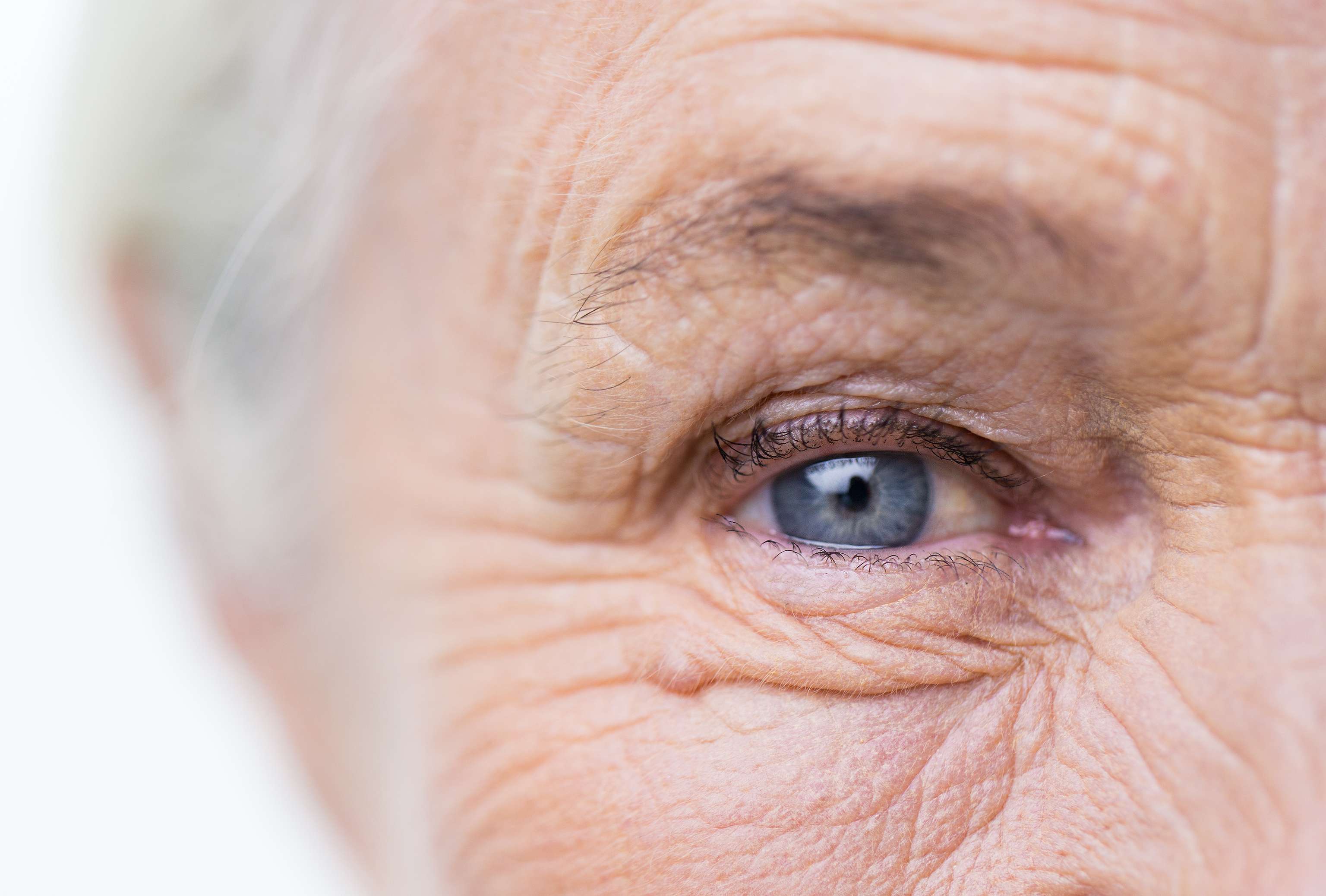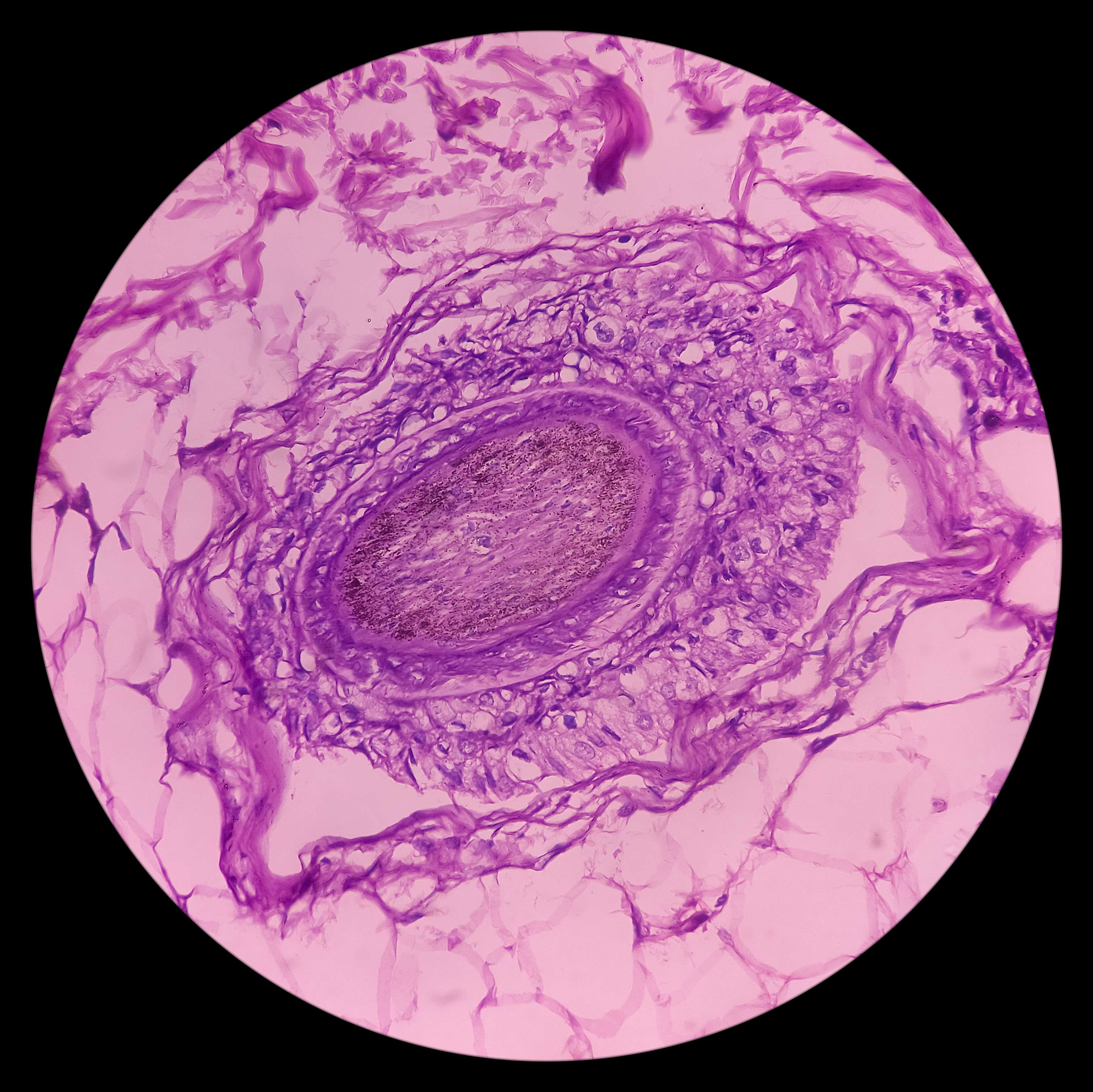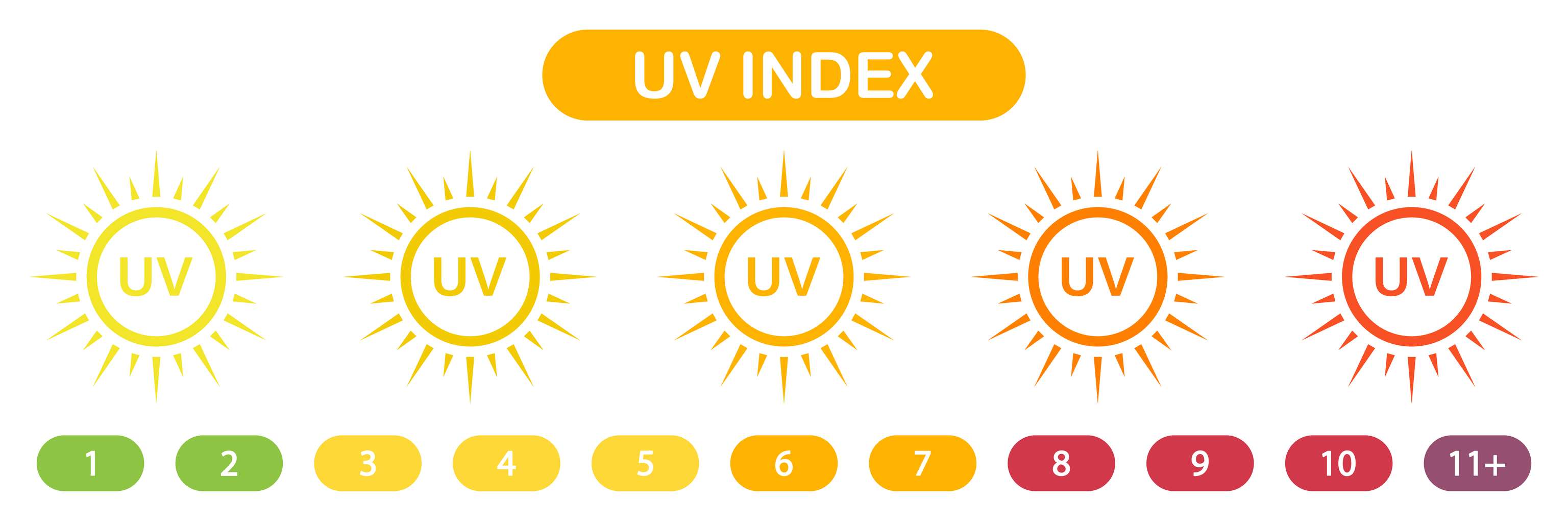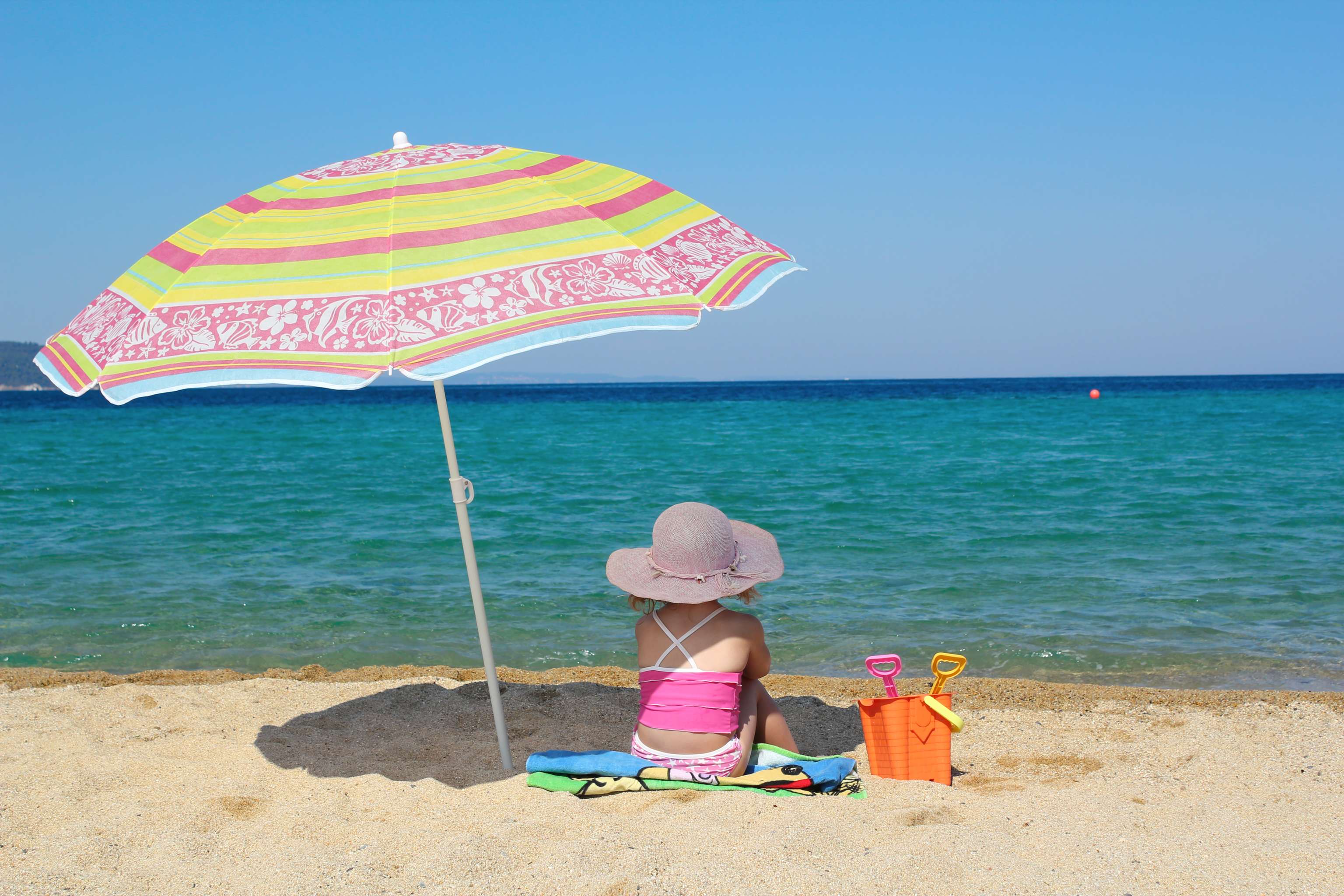What happens during sunbathing?
The sun emits UV rays, which hit the human organism during sunbathing. While the short-wave UVC rays are shielded by the ozone layer, up to 10% of the longer-wave UVB rays reach the earth's surface unfiltered and the UVA rays almost completely. Depending on the wavelength, UV radiation also penetrates the skin to different depths.
UVA rays penetrate as far as the dermis. There they cause pigmentation of the skin within a few minutes by darkening existing melanin. The mobilization of the color pigment into the outer layers of the skin is an immediate protective mechanism of the body against UV radiation. Due to the rapid tanning effect, the UVA value in solariums is higher.
The higher-energy UVB rays penetrate less deeply into the skin and cause the melanocytes located in the epidermis (outer layer of the skin) to produce melanin. The body's own color pigment is distributed in the upper skin cells and becomes apparent after a few days in the tanning of the skin. In this way, the organism tries to build up a natural self-protection. The more melanin is deposited in the skin cells, the darker the tan of the skin appears.
UVB rays also have an essential function for the body: they support the metabolism in the formation of the body's own vitamin D, which accounts for about 80 % of the requirement.
Melanin protects the skin from UV radiation, but only to a limited extent
The formation of melanin in the melanocytes is stimulated as soon as UV rays hit the skin. Melanin converts light energy into heat energy and thus protects the genetic material of the cells from damage or destruction by UV radiation. However, the protective effect is limited in time and varies according to skin type. As a rule, the protection lasts only for a few minutes to a few hours. The amount of melanin produced and consequently the duration of self-protection depends on various factors. In addition to the strength of the UV light, such as in summer, the tanning intensity is primarily genetically determined. The darker the skin and hair color, the more melanin is produced by the body. Age, hormonal changes and medication can also influence melanin production.
Risks and damages of excessive sun exposure
UV rays emitted from the sun are classified as carcinogenic and cause short- and long-term damage to the skin and eyes.
Acute effects:
The skin can withstand short-term sun exposure without initially developing visible damage. The limit of UV dose up to which no acute consequences occur after natural or artificial UV radiation is called the "erythema threshold".
As early as 5 to 10 minutes after intense sun exposure, the erythema threshold is exceeded in people with a fair skin type, resulting in UV damage in the form of a sunburn. The red coloration of the skin, which resembles a burn, is caused by the UVB rays and is an inflammatory reaction of the skin.
Depending on the degree of the burn, the skin may hurt, itch, blister, peel or even scar. Intense sun exposure can also cause circulatory collapse or fever.
Apart from this burn damage, even a small amount of UVB radiation is sufficient to alter the DNA, i.e. the genetic material of the skin cells. Although this can be compensated by the body's own repair system of the cells, frequent and intensive UV exposure and recurrent sunburns can cause irreparable damage. Permanent changes (mutations) occur, which can promote the development of skin cancer in the course of a lifetime.
Even tanned skin offers no protection against genetic damage. Although it takes longer for sunburn to occur in tanned skin compared to non-tanned skin, tanning in no way means that the skin is protected from genetic damage caused by UV radiation. Thus, the risk of developing skin cancer remains even with tanned skin.
Excessive sun exposure can also damage the eyes and cause painful symptoms such as conjunctivitis or corneal inflammation.
Late effects:
With prolonged UV exposure, the skin's cell division increases, causing the skin's top protective layer to thicken and form a so-called light callus. Although this UV self-protection delays the occurrence of a noticeable sunburn, it also does not prevent long-term cell damage. The general adaptability of the skin to intensive sun exposure depends on the skin type. For example, the skin of people with very light skin, light eyes, reddish-blond hair and frequent freckles is hardly able to tan or form a light callus.






